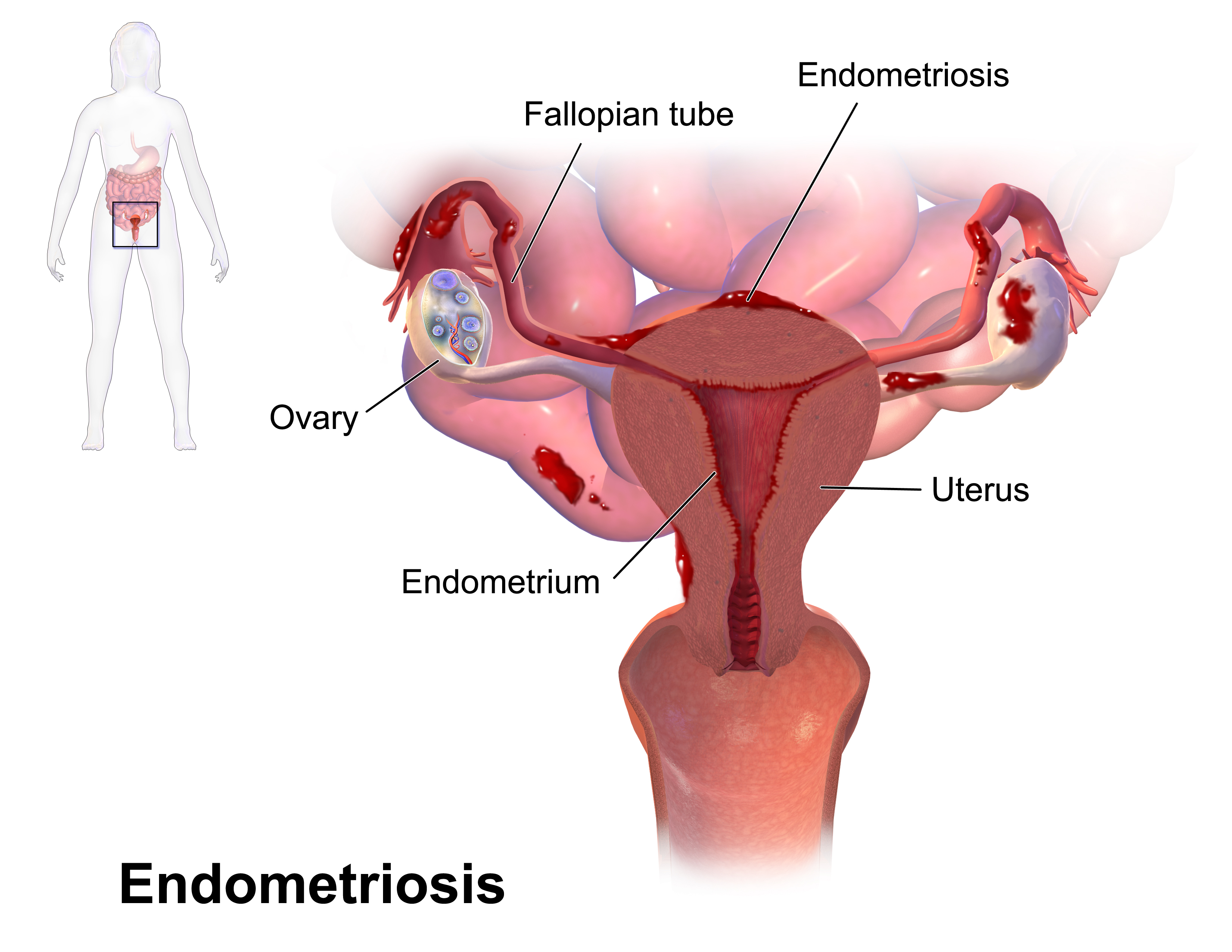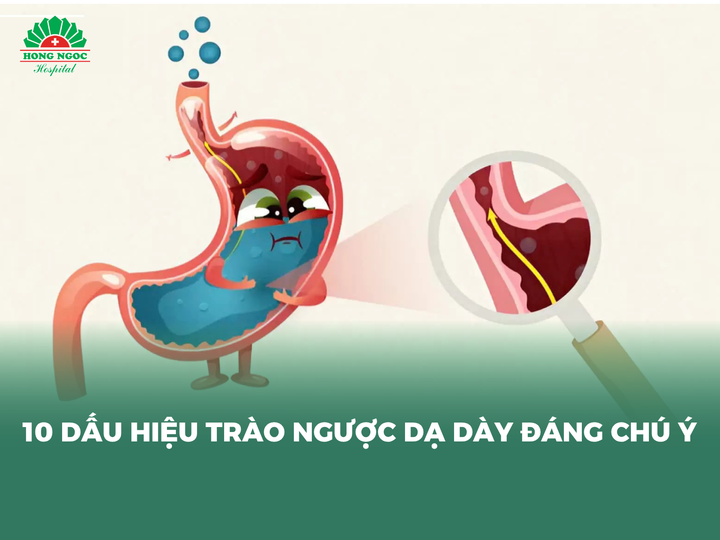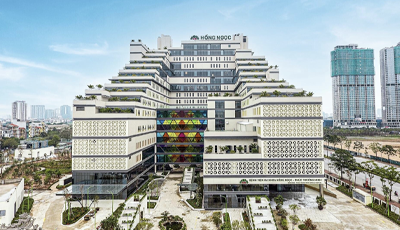Endometriosis is a condition in which endometrial cells are not confined to the uterine cavity but also grow in other areas of the reproductive system, as well as in different parts of the body. The disease is closely related to the menstrual cycle.
What is endometriosis?
Menstruation in women results from cyclical changes in the endometrium under the influence of ovarian hormones. Endometriosis is a condition in which cells of the endometrial lining are not only present inside the uterine cavity but also found scattered in other areas of the woman’s body.
The most common form occurs when endometrial cells infiltrate the muscular layer of the uterus. In other cases, endometrial tissue may be located within the abdominal cavity, most often in the pelvis (lower abdomen), attaching to the peritoneum or to abdominal organs such as the intestines, bladder, fallopian tubes, or ovaries.
In some instances, ectopic endometrial cells are found in the vagina or perineum (the area between the vulva and the anus). This is often explained by tissue injury during trauma or childbirth, when fragments of endometrial tissue may become embedded in the torn areas, survive, and continue to grow.

Complications of endometriosis
Although these endometrial cells are “misplaced,” they still remain under the influence of ovarian hormones, just like the endometrial cells inside the uterine cavity. This means that they continue to grow in response to ovarian hormones during the menstrual cycle, and when hormone levels decline, these ectopic cells stop growing and cause localized bleeding.
Unlike the endometrium within the uterine cavity, which is shed and expelled together with menstrual blood, these “ectopic endometrial” lesions remain in place. The blood produced cannot be discharged, leading to pain. Endometriosis is therefore the most evident organic cause of dysmenorrhea (menstrual pain).
The abdominal pain is often prolonged. It may begin before menstruation (as the ectopic endometrial cells proliferate) or at the onset of bleeding (as the ectopic tissue sheds and bleeds), and can persist even after menstruation has ended (because the trapped blood has not yet been reabsorbed). In women with dysmenorrhea due to endometriosis, subsequent menstrual cycles often bring increasingly severe pain.
In some cases, the pain lasts so long that by the time it diminishes or subsides, a new menstrual cycle has already begun. In women who have reached menopause, when menstruation ceases - the abdominal pain caused by endometriosis also comes to an end.
Reader may also be interested in:
- Vaginitis: 6 Symptoms, 5 Causes, and 4 Treatment Options
- Uterine fibroids: Symptoms, complications, and treatment options
- Treatment of cervical ectropion – Causes and symptoms of cervical ectropion
Among women with infertility, up to 30–50% are found to have endometriotic lesions. The mechanism of infertility in endometriosis involves distortion of pelvic structures caused by adhesions and scarring, which impair the function of the fallopian tubes, ovaries, and uterus.

Treatment of endometriosis
Medical treatment for dysmenorrhea caused by endometriosis may include the use of synthetic progestagens, which induce atrophy of ectopic endometrial tissue. Oral contraceptives containing a higher proportion of progestagen and a lower proportion of estrogen can also be prescribed, taken continuously for six months to one year. In some cases, surgical removal of endometriotic lesions may be required.
With the advent of laparoscopy, surgical management of endometriosis has advanced significantly. Laparoscopic surgery allows the release of adhesions, destruction of lesions, tuboplasty, and the use of bipolar coagulation or laser ablation to eliminate abnormal tissue.
In severe cases, more extensive procedures such as oophorectomy, uterosacral ligament resection, or even hysterectomy may be necessary. Surgical indications typically include ovarian endometriomas, severe adhesions, deep endometriosis, or stage III–IV disease.
In summary, endometriosis is a common condition among women of reproductive age. Although its exact cause remains unclear, it is closely associated with infertility. Early, timely, and comprehensive treatment can significantly improve fertility outcomes, reduce healthcare costs, and restore happiness to many families.
The information provided in this article by Hong Ngoc General Hospital is for reference only and is not a substitute for professional medical diagnosis or treatment.
Follow the fanpage of Hong Ngoc General Hospital for more health information: https://www.facebook.com/BenhvienHongNgoc/













